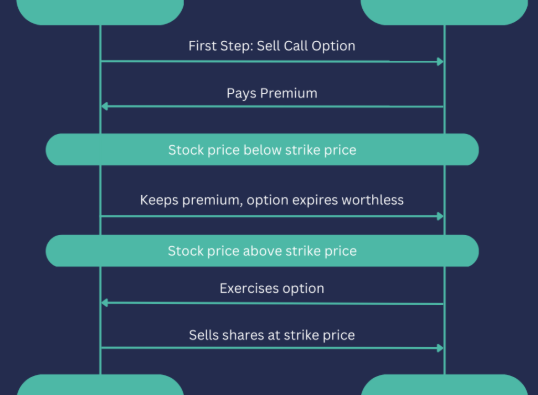
Gaining a solid grasp of financial ratios can transform how you evaluate investment opportunities in the stock market. These figures offer a clearer picture of a company’s financial strength, efficiency, and overall performance. For anyone serious about making sound investment decisions, understanding these ratios is essential.
Below is a detailed guide to nine of the most significant financial ratios investors rely on to assess a company’s stock.
1. Current Ratio (Working Capital Ratio)
The current ratio is a fundamental measure of a company’s ability to meet short-term obligations using its current assets. It is calculated by dividing current assets by current liabilities.
Formula:
Current Ratio = Current Assets / Current Liabilities
A ratio above 1 indicates that the company has more assets than liabilities in the short term, signaling financial stability. While a higher ratio is generally a good sign, an excessively high number could also indicate inefficient use of resources.
2. Quick Ratio
The quick ratio goes a step further by excluding inventory from current assets to focus on the company’s most liquid assets.
Formula:
Quick Ratio = (Current Assets – Inventory) / Current Liabilities
This metric offers insight into whether a company can meet short-term liabilities without relying on the sale of inventory. A ratio of 1 or more is often considered healthy, especially for businesses with slower-moving inventory.
3. Earnings Per Share (EPS)
EPS evaluates profitability by showing how much net income is earned for each share of stock. It’s one of the most commonly referenced metrics for determining a company’s financial performance.
Formula:
EPS = Net Income / Average Outstanding Shares
EPS can help investors gauge a company’s profitability over time. A consistently rising EPS is often viewed as a sign of sustainable growth.
4. Price-to-Earnings (P/E) Ratio
The P/E ratio assesses a stock’s valuation by comparing its current share price to its earnings per share.
Formula:
P/E Ratio = Share Price / EPS
This ratio is useful for comparing companies within the same sector. A high P/E might indicate investor confidence in future earnings, while a low P/E could point to undervaluation or concern about future growth.
5. Debt-to-Equity Ratio
This ratio measures how much debt a company is using to finance its operations relative to shareholder equity.
Formula:
Debt-to-Equity Ratio = Total Liabilities / Shareholders’ Equity
A lower ratio typically suggests a more conservative capital structure. However, certain capital-intensive industries may naturally operate with higher ratios.
6. Return on Equity (ROE)
ROE reveals how effectively a company uses shareholders’ funds to generate profit.
Formula:
ROE = Net Income / Shareholders’ Equity
A higher ROE generally signals efficient use of equity capital. Comparing ROE among industry peers can help pinpoint companies that manage their equity investments more effectively.
7. Debt-to-Equity Ratio (Revisited)
Though previously mentioned, this ratio merits further attention as it gives direct insight into a company’s financial leverage. It’s particularly valuable for understanding how reliant a business is on borrowed funds.
Investors use it not only to judge an individual company’s risk but also to compare similar firms. High D/E ratios in certain industries may be standard practice, so it’s important to understand the broader context.
8. Debt-to-Capital Ratio
This ratio shows what portion of a company’s capital structure is financed through debt.
Formula:
Debt-to-Capital = Total Debt / (Total Debt + Shareholders’ Equity)
The higher this percentage, the more a company depends on borrowed funds. A lower ratio often suggests more conservative financial management and reduced exposure to credit risk.
9. Price-to-Book (P/B) Ratio
The P/B ratio compares a stock’s market value to its book value, helping investors assess whether the stock is undervalued or overvalued.
Formula:
P/B Ratio = Market Price per Share / Book Value per Share
A ratio under 1 may suggest that the stock is trading for less than its net asset value, but it’s vital to factor in industry-specific standards and the company’s intangible assets.
Final Thoughts
Financial ratios offer a powerful way to dig deeper into a company’s health and potential. While each ratio tells part of the story, they are most effective when used together. Cross-analyzing these numbers with industry benchmarks and historical performance helps investors form a well-rounded view of a company’s prospects.
By taking the time to understand and apply these financial metrics, investors can better identify strong investment opportunities and avoid unnecessary risks in an ever-changing market environment.









